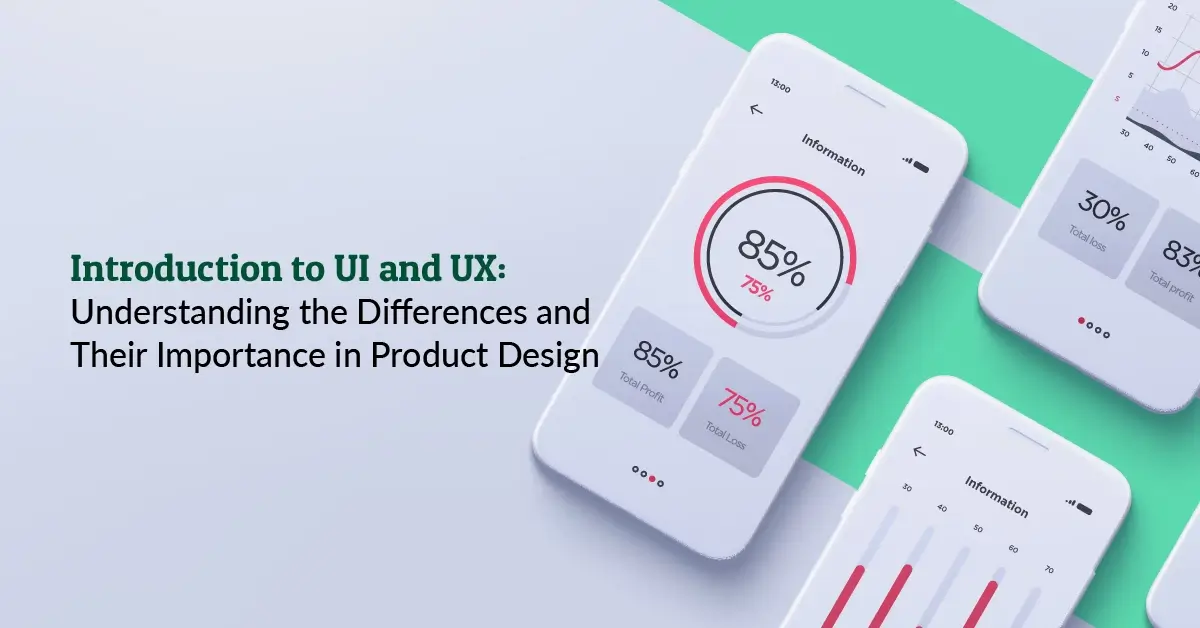One thing that surprises me when I meet companies participating in conferences is that they spend lakhs of rupees to buy a booth in the conference but they have absolutely no idea what they are supposed to do at their booth. Product companies at least put their products on display and get away with good attention at the conference however but for services companies, the earlier statement becomes astoundingly true. Not surprisingly many companies feel that the event wasn’t successful and shy away from participating in events in future. Let me tell you that participating in events is one of the great ways to generate business since you can end up meeting more prospects in three days than you would in one whole year if you participate in the right events.
I will be writing about how to choose the right event for you in one of my subsequent article, however, this article is for those companies who have already determined the right event for themselves but do not know what they are supposed to do there. Also, those companies who think they know what they are supposed to do there might take a look at this and take a note of a thing or two.
Plan your conference well in advance
Planning your conferences well in advance is of prime importance. Some of the most successful companies plan their events and conferences more than two years in advance. It is difficult for some of the small companies to be this proactive, however, if the conference is just a couple of months away and you get a really lucrative booth offer from the organizers, I suggest you to give it a miss. Planning 6 months prior is pretty safe and achievable. Planning 3 months prior becomes tough yet desired results can be achieved.
Right at the start of the year, chalk out your events road map and inform and train your team. If you can get an expert on board, nothing like it. If you can hire an agency or a free lancer to help you get ready in participating in the event, you should be good to go.
Know your booth
Get to know your booth first. Understand the dimensions, the length, breadth and height. Check for availability of tables and electricity points. Draw a 3d image of the booth in your mind and if possible even on your computer and design the booth intelligently. Crowds will generally gather onto your booth after looking at the designs. Some of the largest events abroad ask beautiful ladies from their organizations to manage their booth, ultimate crowd puller. However, as Indians, if you are not equipped with these tricks of the trade, you need to overcome it through publicizing your company.
Announce your participation
Publicity is not requesting the organizers to distribute your flyers at the entrance. Publicity should happen well in advance and that is the reason why I urge you to plan your events early. All the other things can be organized quickly, but spreading awareness takes its own sweet time.
Start off by getting the list of all exhibitors and attendees from the organizers and start e-mail communication with them. Try to fix up meetings with some of them who might be your prospects. If all the exhibitors are your competitors, you are in the wrong event.
Start following the event on twitter and interact with the other followers. This is the time to build personal connections. As Indians, we tend to shy away from participating in discussions not concerned with us, get over it. Use a catchy phrase, a witty hashtag, a cool name or a cute mascot so that people actually remember your company. Do a bit of social media monitoring and find out what people are saying about the event. It is not difficult to generate curiosity through social media and the internet but there has to be thought and a method to it.
Things to carry
Great quality business cards – these are the ones which are preserved
Standees and backdrop – Attention grabbing
TV and Loop movie – to give people an idea of what the company is at a glimpse
Corporate presentation – This is what people will remember
Brochure – Be rest assured that they would end up in a pile at the end, but they are important nonetheless
Bowl for cards of others, notebook and pen
It is remarkable to understand that most of these things need to be designed really well. Therefore, a good designer is always or someone who has a good eye for design always comes in handy. As a matter of fact, a designer plays as important a role as the booth manager as far as the success of the event is concerned.
Practice and perform
Choose good people to represent your booth. They have to be smart, well dressed and knowledgeable, capable enough to answer all questions posed by the visitors. “I will get back to you on this”, is not acceptable. Deals are closed in some conferences. If you do not perform well at the conference, somebody else would.
During this performance, here has to be some point of reference for you to follow and for your visitors to engage. That point of reference often proves to be your presentation. Prepare a great presentation and practice your presentation really well. You can win over most people with your presentation.
Three days of the event are nothing short of an exhausting performance. Build up stamina and prepare yourself mentally and physically. Dress well on all three days and wear a smile on your face. No matter how exhausted you are, to explain your offerings to EACH AND EVERY visitor is your prime duty. (There’s a wonderful story behind why I am emphasizing this so much.) If visitors are just passing along semi-curiously, ask them if they would like to know more. They are not going to be the ones initiating the conversation, you are.
Make a note of all the interesting conversations that happen in your notebook along with the name and contact details of the people you had a conversation with. Collect as many business cards as possible, they make a great database.
Post-event task list
Drop a thank you note to everyone who visited your booth as soon as you resume work after the conference. Talk about the discussion you had with them and give them a call for action. Also, drop a note to the people who you had fixed up a meeting with, but didn’t turn up. Connect with all these people through social media platforms. Don’t forget to thank the organizers when you get back. They might just offer you a good 20 percent discount next year.




